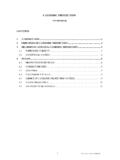Transcription of EVALUATION OF CORROSION PROTECTION METHODS FOR …
1 EVALUATION OF CORROSION PROTECTION METHODS FOR reinforced CONCRETE HIGHWAY STRUCTURES By Jennifer L. Kepler David Darwin Carl E. Locke, Jr. A Report on Research Sponsored by THE KANSAS DEPARTMENT OF TRANSPORTATION K-TRAN Project No. KU-99-6 THE NATIONAL SCIENCE FOUNDATION Research Grant No. CMS-9812716 Structural Engineering and Engineering Materials SM Report No. 58 UNIVERSITY OF KANSAS CENTER FOR RESEARCH, INC. LAWRENCE, KANSAS May 2000 iiABSTRACT Since the 1970s, research projects and field studies have been conducted on different METHODS for protecting reinforced concrete bridges from CORROSION damage.
2 The METHODS include alternative reinforcement and slab design, barrier METHODS , electrochemical METHODS , and CORROSION inhibitors. Each method and its underlying principles are described, performance results of laboratory and/or field trials are reviewed, and systems are evaluated based on the results of the trials. Using performance results from the studies and costs obtained from transportation agencies, an economic analysis is used to estimate the cost of each system over a 75 year economic life using discount rates of 2, 4, and 6%.
3 Epoxy-coated reinforcing steel is the most common CORROSION PROTECTION method used in the United States today. Although controversial in many areas, epoxy-coated reinforcement has performed well in many states, including Kansas, since it was introduced in the early 1970s and is a low-cost backup to many other CORROSION PROTECTION options. Research on stainless steel reinforcement indicates that it may remain free of CORROSION in chloride contaminated concrete for more than 75 years. At a low discount rate (2%), solid stainless steel reinforcement is a cost-effective option compared to other options, but at higher discount rates (4%+), the present value cost of a deck with solid stainless steel is significantly higher than that of an unprotected deck.
4 Stainless steel clad reinforcement is much less expensive than solid stainless steel reinforcement. The performance of stainless steel-clad reinforcement will be similar to that of solid stainless steel bars if the stainless steel coating is continuous and if the black steel core, exposed at the bar ends, is protected so that it does not come into contact with concrete pore solution. The present value of the cost of a bridge deck built with stainless steel-clad reinforcement is significantly lower than the present value for the cost of any other CORROSION PROTECTION system.
5 This method should be considered for experimental use. Solid stainless steel should be considered, as well, if a low discount rate (around 2%) is used. Hot rubberized asphalt membranes are the least expensive option, other than iiistainless steel-clad reinforcement. Hot rubberized asphalt and spray-applied liquid membranes should be considered for use on future projects. In laboratory tests, CORROSION inhibitors have been shown to provide PROTECTION to steel in chloride contaminated concrete, but information on their performance in the field is limited.
6 Both calcium nitrite and organic CORROSION inhibitors have the potential to be cost-effective, if they perform as well in the field as they have in the laboratory, and should be considered for experimental use. Key Words: bridge decks, calcium nitrite, cathodic PROTECTION , CORROSION PROTECTION , electrochemical chloride extraction, epoxy-coated reinforcement, galvanized reinforcement, organic CORROSION inhibitor, overlays, sealers, silica fume, stainless steel-clad reinforcement, stainless steel reinforcement, waterproof membranes ivACKNOWLEDGEMENTS This report is based on a thesis written by Jennifer L.
7 Kepler in partial fulfillment of the requirements for the MSCE degree from the University of Kansas. Funding for this research was provided by the Kansas Department of Transportation under K-TRAN Project No. KU-99-6 and the National Science Foundation under grant No. CMS-9812716. Oversight of the project was provided by Dan Scherschligt of the Kansas Department of Transportation. A number of professionals from transportation agencies and industry provided information for this report. Special thanks is given to Jim Hazelton, Mark Hurt, Ken Hurst, Dave Meggers, Richard Mesloh, Dan Scherschligt, Donald Whisler, and Abe Rezayazdi of the Kansas Department of Transportation, Daniel Burns of Vector Construction, Gerardo Clemena of the Virginia Department of Transportation, Randy Cox of the Texas Department of Transportation, Craig Graham of the Vermont Agency of Transportation, Jim Grove and Krandel Jack of the Iowa Department of Transportation, Larry Kaiser of Grace.
8 Ivan Lasa of the Florida Department of Transportation, David Manning from the Ontario Ministry of Transportation, Glen Roberts of the New Hampshire Department of Transportation, John Wenzlick of the Missouri Department of Transportation, and George Woolstrum of the Nebraska Department of Transportation. vTABLE OF CONTENTS Page ABSTRACT .. ii ACKNOWLEDGEMENTS .. iv LIST OF TABLES .. ix LIST OF FIGURES .. x CHAPTER 1: INTRODUCTION .. 1 General .. 1 Background .. 1 CORROSION of Reinforcing Steel in 2 CORROSION Potential.
9 5 Chloride Concentrations .. 8 Prevention METHODS .. 11 Object and Scope .. 12 CHAPTER 2: ALTERNATIVE REINFORCEMENT AND SLAB DESIGN .. 13 General .. 13 Epoxy-Coated Reinforcing Steel .. 14 Background .. 14 17 Epoxy-Coated Prestressing Strands .. 32 Summary .. 33 Metallic Coatings and Solid Metallic Reinforcing Bars .. 34 Galvanized 34 Stainless Steel 39 Stainless Steel-Clad Reinforcing Bars .. 43 Nickel-Clad Reinforcing 44 Titanium Reinforcing Bars .. 44 Copper-Clad Reinforcement .. 44 Fiber reinforced Plastic Reinforcement .. 47 Steel-Free Slabs.
10 49 CHAPTER 3: 53 General .. 53 Low Permeability Concrete .. 53 54 Low Water/Cement Ratio .. 54 Mineral Admixtures .. 55 Summary .. 66 Overlays .. 66 Latex Modified Concrete 67 Low-Slump Dense Concrete 68 Silica Fume Concrete Overlays .. 70 Polymer Concrete Overlays .. 72 Waterproof Membranes .. 73 Use of Membranes on Bridge Decks .. 74 Membrane Types .. 76 Other Components of Waterproofing Systems .. 78 Requirements for Waterproofing 79 Service Lives of Membranes.
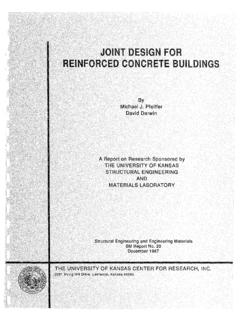
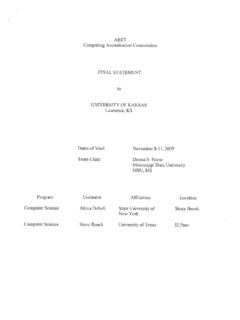
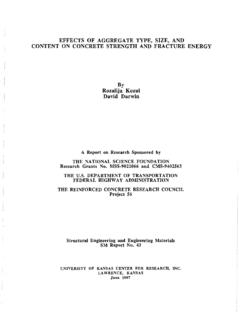
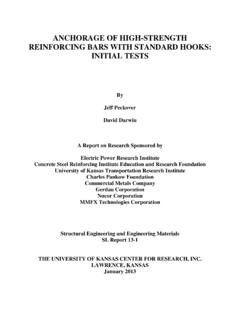



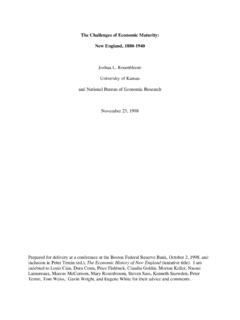


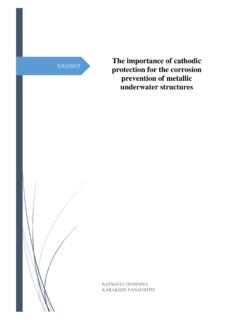

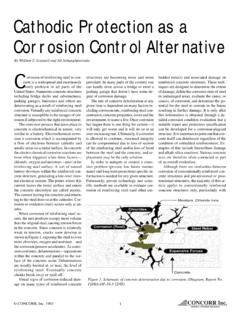
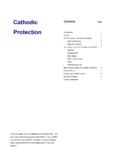
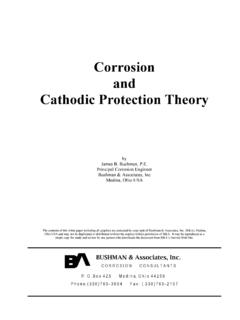



![Corrosion Protection.ppt [Read-Only] - University of Iowa](/cache/preview/1/c/f/9/2/e/d/5/thumb-1cf92ed5cf903dbf2b6cd3a840081a01.jpg)
